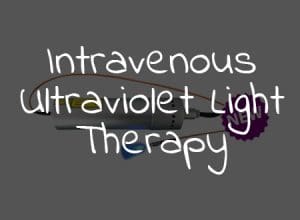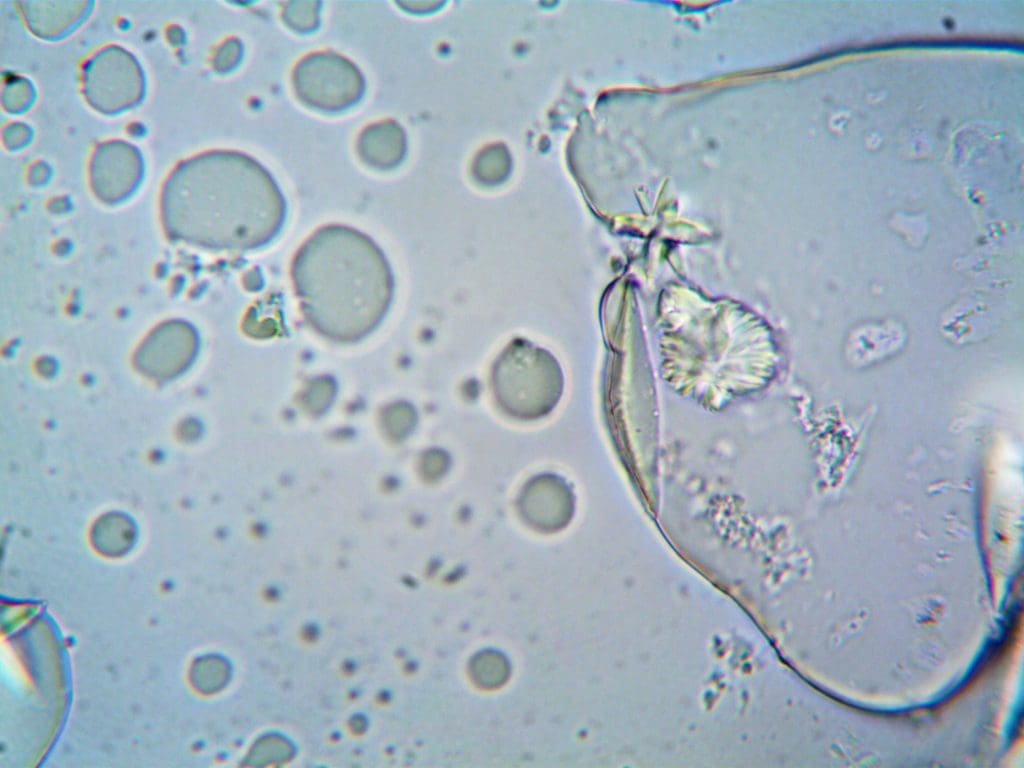



Senescent cells are like “”Zombie”” Cells that no longer divide and release poisons to healthy cells
Cellular senescence is a state in which cells can no longer divide. Therefore, the effects of cellular senescence in the organism vary according to a number of factors, such as age! Very short telomeres can trigger senescence. However that’s only one of many causes :
Cellular senescence has historically been viewed as an irreversible cell-cycle arrest mechanism that acts to protect against cancer, but recent discoveries in science has extended its knowledge in complex biological processes such as development, tissue repair, ageing and age-related disorders and now recommend removing senescent cells from the body
Senescent cell production occurs throughout life and plays beneficial roles in a variety of physiological and pathological processes including embryogenesis, wound healing, host immunity and tumor suppression.
Meanwhile, throughout life, the steady accumulation of senescent cells in the body with age also has an adverse negative consequence that leads to age related death. Senescent cells do not divide or support the tissues of which they are part; instead, they emit a range of potentially harmful chemical signals that encourage nearby cells to enter into the same senescent state.
Autophagy was originally thought to suppress cellular senescence by removing damaged macromolecules or organelles, yet recent studies also indicated that autophagy promotes cellular senescence by facilitating the synthesis of senescence-associated secretory proteins so a different strategy to remove the accumulation of senescent cells is needed.

A new class of drugs known as ‘Senolytics’ focuses on the destruction of these stubborn “death-resistant” senescent cells from the body in order to reduce inflammation and improve tissue function.
New research proposes removing senescent cells in order to promote healthy longevity.
Fisetin a plant flavonoid found in fruits mostly in strawberries appears about as effective in mice as any of the current top senolytics, such as the chemotherapeutics, dasatinib, and navitoclax. Per the research data, dosing with fisetin destroys 25% -50% of senescent cells depending on organ and method of measurement. The dose level is large in absolute terms, as one might expect for a flavonoid. For aged mice and a one-time treatment, the researchers used 100 mg/kg daily for five days! The usual approach to scale up estimated doses from mouse studies to initial human trials leads to 500 mg per day for five days for a 60kg human.
DOSAGE: That’s around 750 mgs per day with 1gm a day of Quercetin for 7 days ‘while fasting’ to eliminate 25-50% of senescent cells from a 180lb human. This is a one week program that should be done once every 6 months or so.


Quercetin is a flavonol pigment found in fruits and vegetables; its highest concentration is found in capers. Quercetin has antioxidant properties that work to protect the body from free radicals and oxidative stress! Quercetin is a more powerful antioxidant than vitamin C, vitamin E, or beta carotene! Quercetin may contain anticancer properties that might help prevent the spread of cancerous cells and tumor growth.
A 2015 report found that quercetin restricted the growth of prostate cancer cells in mice and rats. A 2018 in vitro study indicated that quercetin showed promise in both the treatment and prevention of prostate cancer. There are other benefits you can research further yourself.
DOSAGE: The most common dose is 500 mg per day for regular therapeutic maintenance use, but, for senescent removal program a 1gm per day of Quercetin in combination with Fisetin 750 mgs a day (as replacement for dasatinib) for 7 days ‘while fasting’ for removal of senescent cells from the body.
This is a one week program that should be done once every 6 months or so.
Resveratrol as an everyday maintenance program against senescent cells, Resveratrol, a known activator of SIRT1 which slows aging, and has been demonstrated to inhibit mTOR activity and cellular senescence!
DOSAGE: 1gm a day in the mornings when intermittent fasting or longer fasts to inhibit mTOR, to promote autophagy is desired
Watch Dr. Golding talk on Integrative and Anti-Aging Medicine.
Sign up for our newsletter to find out more about the exciting world of integrative medicine
